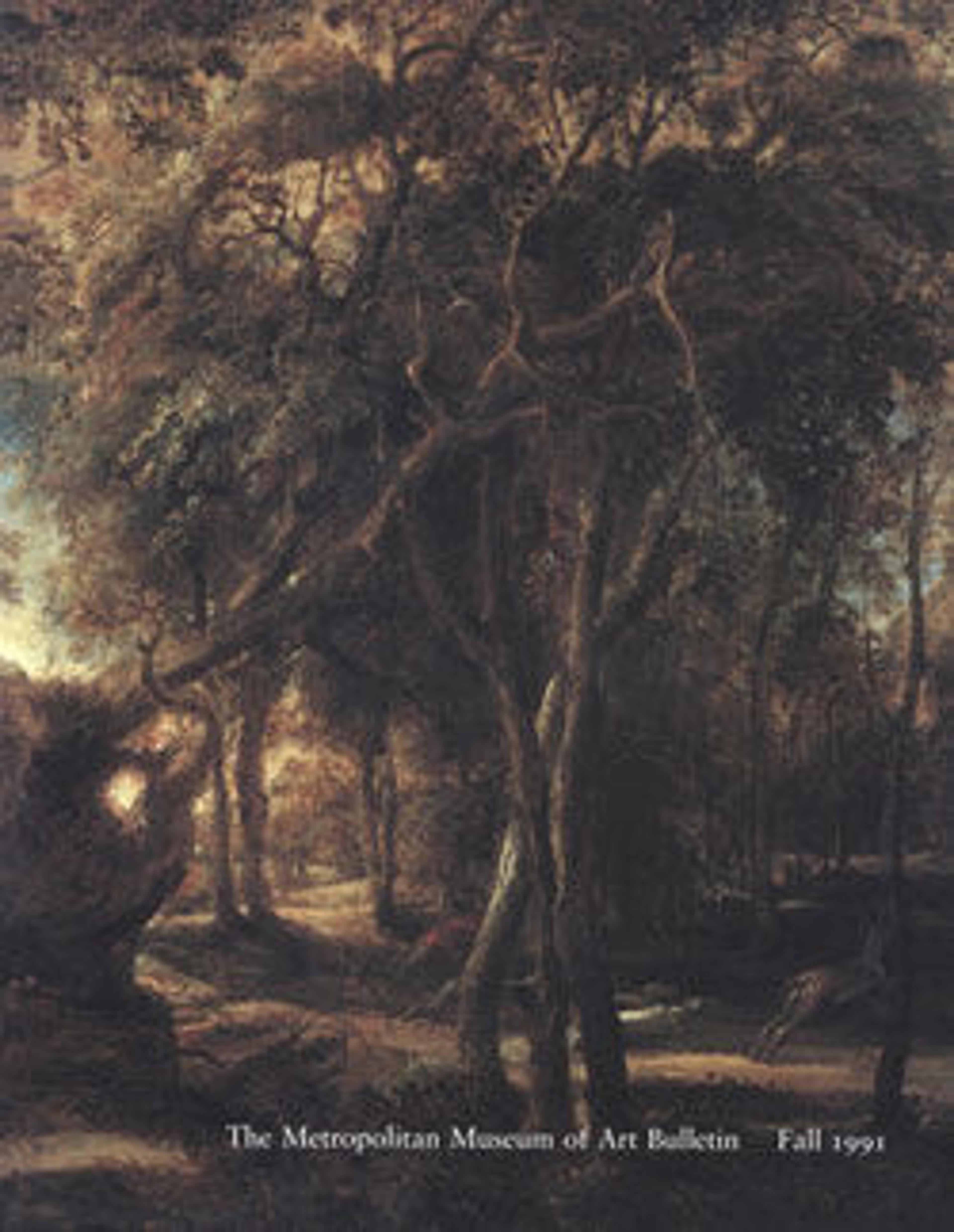Standing Nagaraja (Serpent King)
Nagas (serpent deities) are associated with water and agricultural abundance, but at the same time they are venomous and bring floods and destruction. Serpent worship goes back to remote antiquity and numerous representations of nagarajas (serpent kings) are known from as early as the second century B.C. Thus it is not surprising that with the emergence of the Hindu, Jain, and Buddhist religious traditions we see the integration of naga deities. Although the names of many nagarajas are preserved in Indian literature, specific identification is difficult unless the sculpture is inscribed.
Artwork Details
- Title: Standing Nagaraja (Serpent King)
- Period: Gupta period
- Date: ca. mid- 5th century
- Culture: India (Uttar Pradesh or Madhya Pradesh)
- Medium: Red sandstone
- Dimensions: H. 59 in. (149.9 cm); W. 24 in. (61 cm); D. 8 in. (20.3 cm)
- Classification: Sculpture
- Credit Line: Gift of Jeffrey B. Soref, in honor of Anthony Gardner, 1991
- Object Number: 1991.83.1
- Curatorial Department: Asian Art
More Artwork
Research Resources
The Met provides unparalleled resources for research and welcomes an international community of students and scholars. The Met's Open Access API is where creators and researchers can connect to the The Met collection. Open Access data and public domain images are available for unrestricted commercial and noncommercial use without permission or fee.
To request images under copyright and other restrictions, please use this Image Request form.
Feedback
We continue to research and examine historical and cultural context for objects in The Met collection. If you have comments or questions about this object record, please contact us using the form below. The Museum looks forward to receiving your comments.
